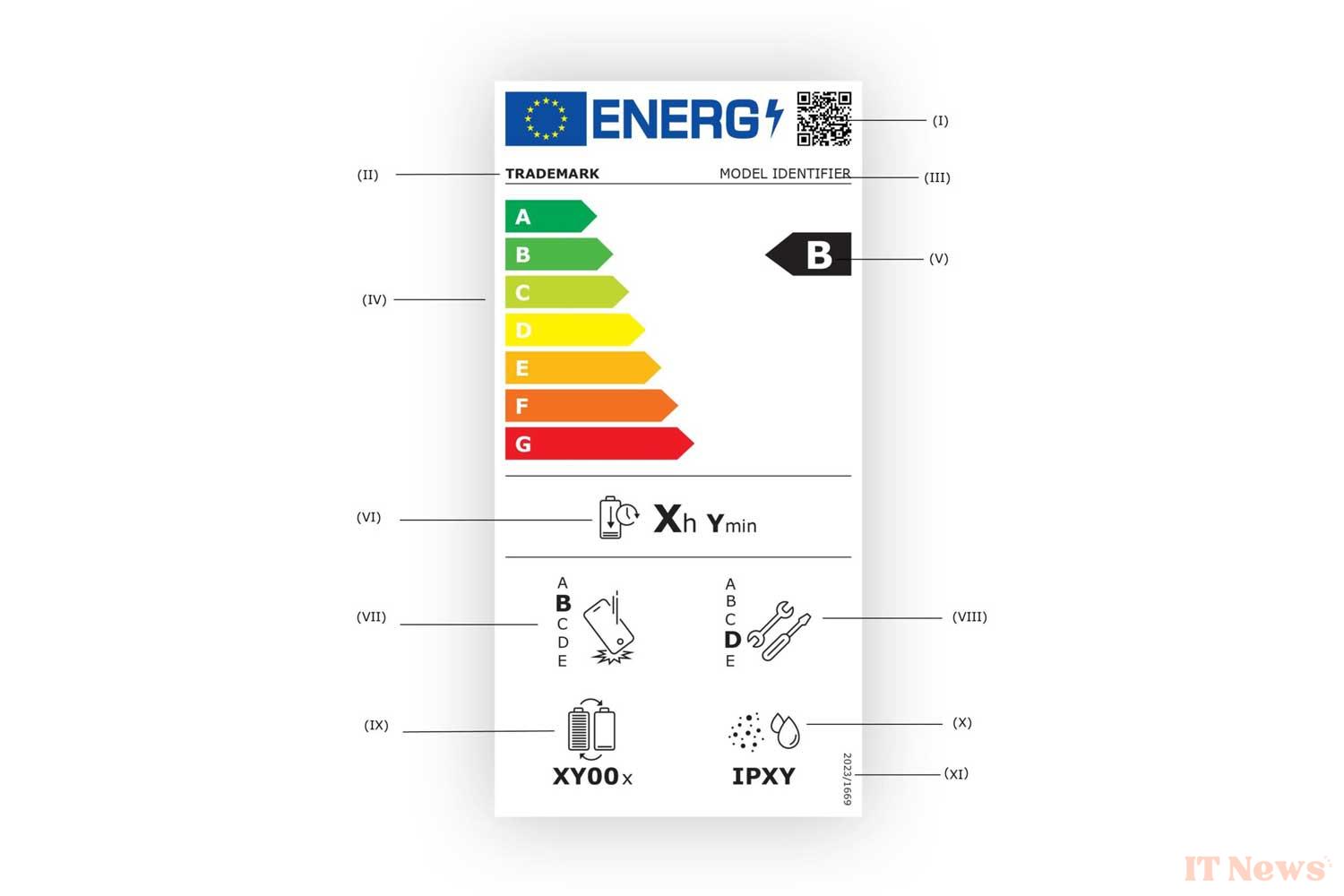The European Union is introducing ambitious new rules aimed at making our precious devices more durable, easier to repair, and generally more environmentally friendly. These changes, which are part of the broader European Green Deal, concern the design of phones themselves (ecodesign), the information provided to buyers (new energy label and repairability), and complement the existing requirement for a universal USB-C charger.
Since December 28, the universal charger has been mandatory for all small and medium-sized electronic devices. This particularly concerns smartphones (including iPhones), tablets, headphones, and earphones. The system will also apply to computers from April 26, 2026. By then, new European Union rules will apply to smartphones, and users should be happy about that.
Devices designed to last
No more screens that break at the slightest impact or batteries that die too quickly? That's the goal. The new ecodesign rules require (Regulation 2023/1670 in PDF) that smartphones be more robust: they will have to better withstand accidental drops and scratches. Manufacturers must design devices that can withstand 45 drops (35 drops for folding devices), without a protective film or case, from a height of 1 meter, and without loss of functionality.
The bête noire of many users, the battery, is also targeted. It must retain at least 80% of its initial capacity after 800 complete charge and discharge cycles. In addition, its replacement must be made easier, putting an end to designs that make the operation nearly impossible or prohibitively expensive. Be careful, however, this does not mean that smartphones will have removable batteries. The regulation stipulates that manufacturers either offer batteries that are easily replaced by the user with standard tools, or guarantee certified waterproofing (IP67 for smartphones) allowing immersion underwater for at least 30 minutes. This exception for waterproof devices could also encourage more manufacturers to improve the water resistance of their models, including in affordable ranges.
Battery management software functions will also have to be integrated to optimize charging and extend its lifespan. Finally, users will have to be able to access information on the health of their battery.
Right to repair and 5 years of updates minimum
Repair rather than throw away: the mantra is becoming more concrete. Manufacturers will be required to make essential spare parts (screens, batteries, cameras, charging ports, etc.) available for at least seven years after a model's end of sale. These parts must be delivered quickly (within 5 to 10 working days) after receipt of the order.
To combat software obsolescence, operating system updates (security and functionality) will be guaranteed for at least five years. More specifically, security patches must be available no later than four months after their release by the operating system provider, and updates adding features must be available within six months.
A label for better choices
How to find your way around? A new label, inspired by the one already present on household appliances, will appear on new smartphones and tablets from June 2025. It will not only indicate the energy efficiency class (from A to G). It will also provide information on battery life, its expected lifespan in charge cycles, the device's resistance to drops, its level of protection against water and dust (IP rating), and above all, it will introduce a repairability index rated from A (very repairable) to E (difficult to repair). A QR code will provide access to even more detailed information online.
Here's what the label will look like for smartphones and tablets:
It states:
- The QR code;
- The trademark;
- The model reference;
- The energy efficiency class scale from A to G;
- The energy efficiency class determined in accordance with Annex II;
- The battery life per cycle, in hours and minutes per full battery charge;
- The reliability class with regard to resistance to drops from a height of 1 m;
- The repairability class;
- The battery life, expressed in recharge cycles;
- The dust and water protection index;
- The regulation number, namely 2023/1669.
Manufacturers are already preparing
These regulations mark an important turning point for the European Union, with significant benefits for consumers. They will have more reliable, more durable, and therefore more economical devices. However, this could result in a slight price increase, particularly for entry-level models. These are the ones that require more adaptation, as most high-end smartphones already meet these future requirements.




0 Comments